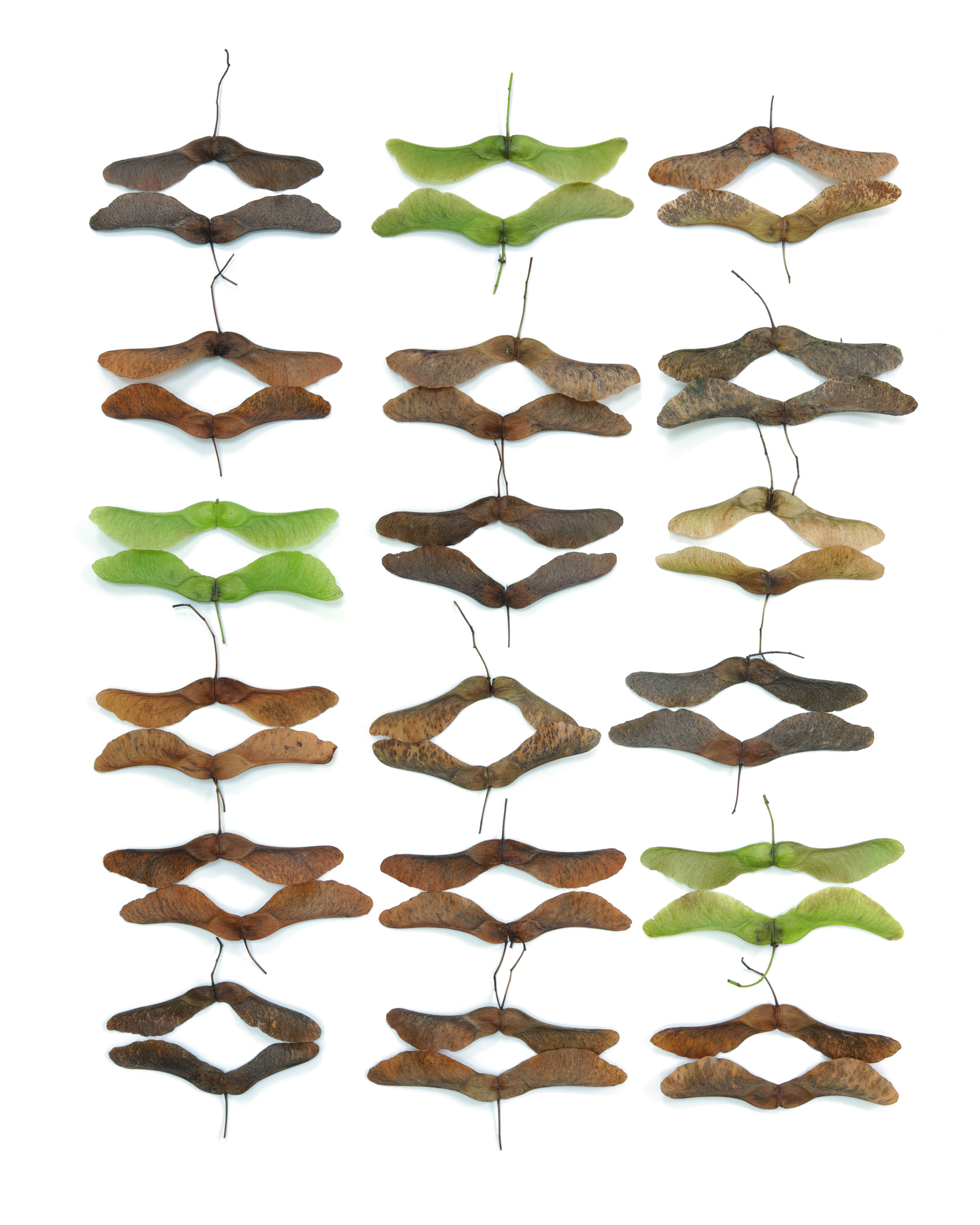
finding in your mate
My deck is littered with maple samaras right now. But finding these mates took some time. Have I ever mentioned how much I love the treasure hunt of STILL? It’s a happy place for me–single minded, lost in a task that is simple and yet rewarding. I can sift beach sand for hours looking for sea glass, or lie on my belly in Joshua Tree scouring for cactus spines. A momentary pause in the day where I can simply be. STILL has given me so many gifts, more than I could have ever imagined. Being outside of myself for 10 minutes a day–outside my body, outside my head–is one of those.
maple samaras in late July
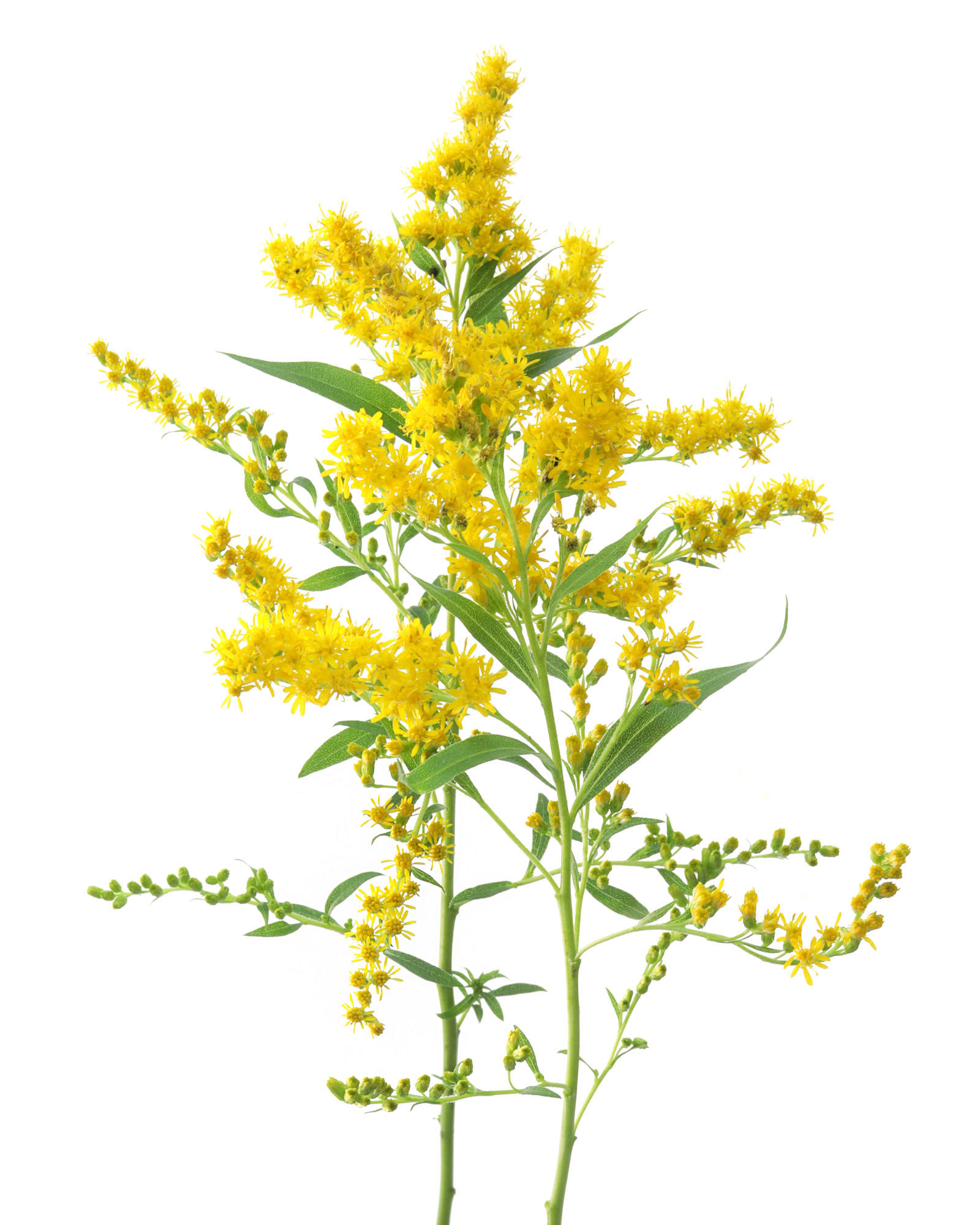
Goldenrod in July
This goldenrod is blooming one month earlier than it typically does. Here in the north, goldenrod is ubiquitous and abundant. I associate it with autumn, when it paints our roadsides golden for most of the month of September (which means it starts blooming right at the end of August). For me, it has always been one of the early signs (along with sumac leaves) of our starting to tip towards fall. So…goldenrod in July.what does it even mean? Is autumn right around the corner? Will it still be blooming in September and October? If not, what will our bees then use to fill out their winter reserves? My head is spinning with questions.
goldenrod (Solidago)
-
koyaanisqatsi means “life out of balance” – a remarkable film
reply -
Bright and cheerful, but definitely too early. I’ve noticed that some things bloomed early this year and others are on their regular schedule. Its all quite disconcerting. And it does leave us pondering, anxiously, about so much of our natural world…
The Joe Gardener Show podcast on 7/18/24 was an interview with Oliver Milman, author of “The Insect Crisis: the fall of the tiny empires that run the world”. The podcast and/or the book might interest you.reply
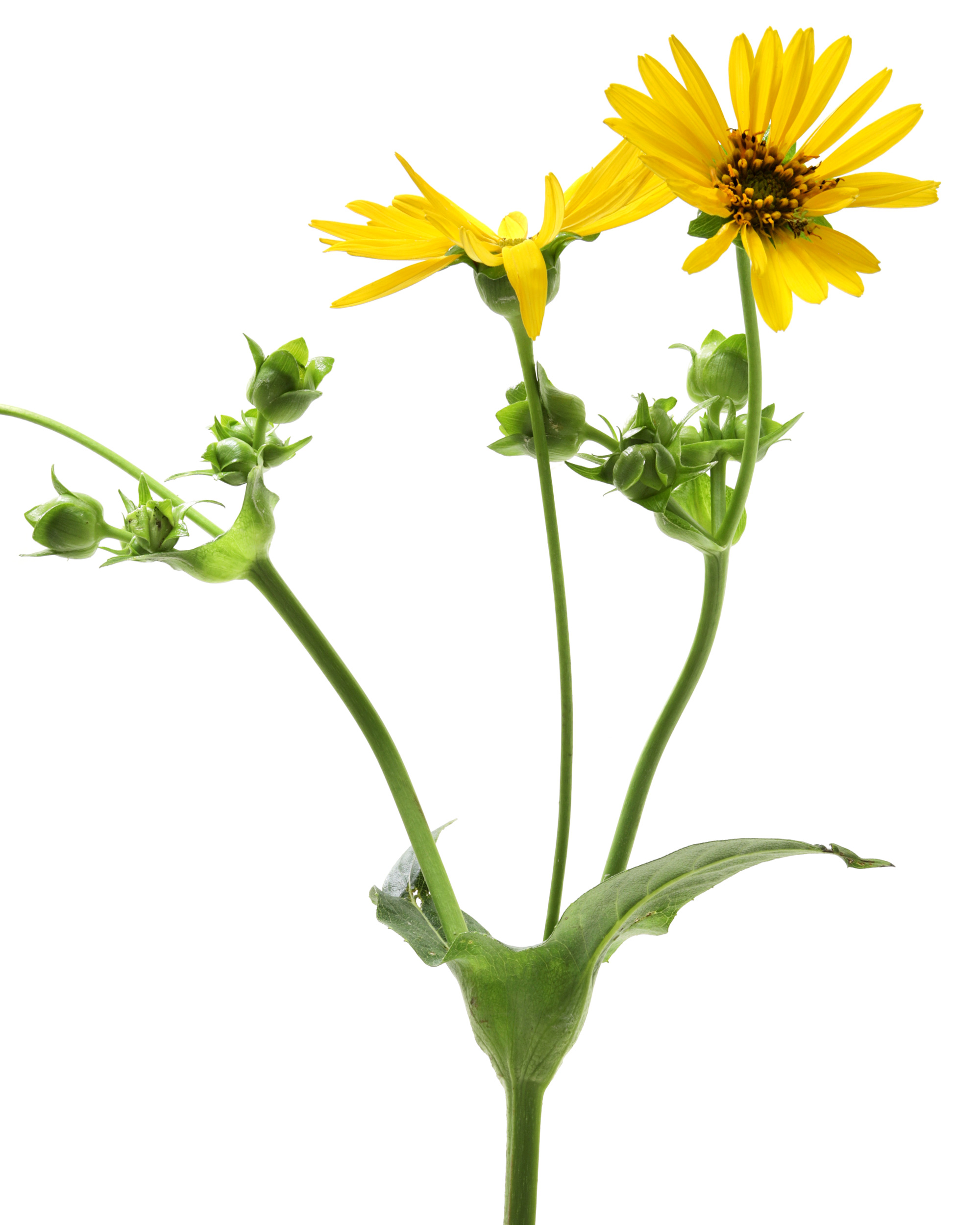
it really does hold water
the wraparound leaf of the cup plant looks like a little bird bath, and in fact, it acts as one. birds and bees both use the plant as a reservoir to drink from, and the the cup can hold water for days after it has rained–as i found out when i cut this eight foot specimen down and promptly received a complimentary and mildly refreshing summer shower.
cup plant in bloom (Silphium perfoliatum)
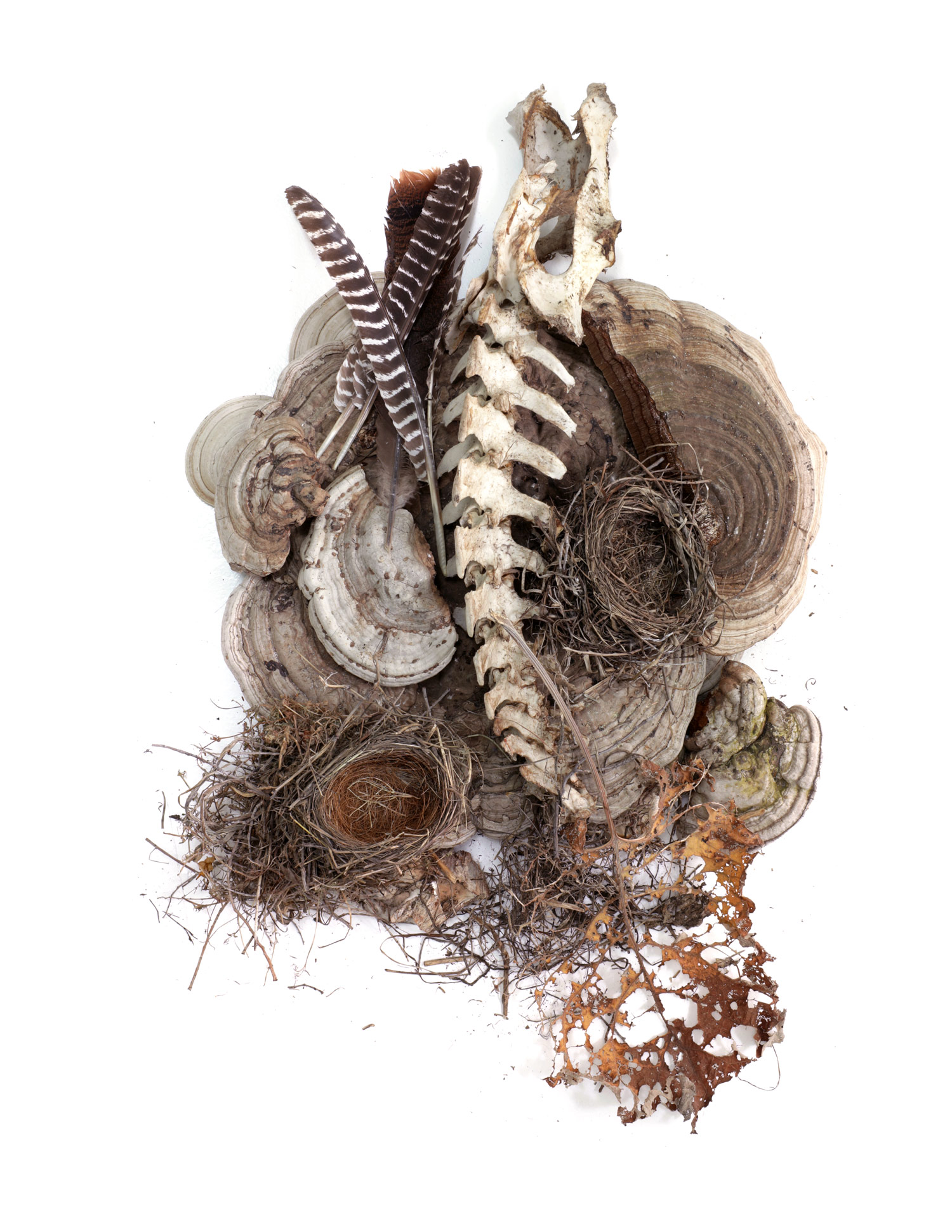
large brown things
This may gross some of you out…but this collection of large-brown-things has been pushed into the corder of my kitchen (sort of tucked out of the way under the counter) since mid-winter. You may recognize some of the subjects. The two robin nests were added this spring. As part of my cleaning efforts yesterday, I finally pulled them out of their hiding spot and decided the haphazard collection was it’s own kind of beautiful. STILL beautiful.
bracket mushrooms, deer spine, robin nests, turkey feathers, burdock leaf
-
How perfectly they complement one another. Very satisfying.
reply -
I think you would find my home comfortable. :-)
reply
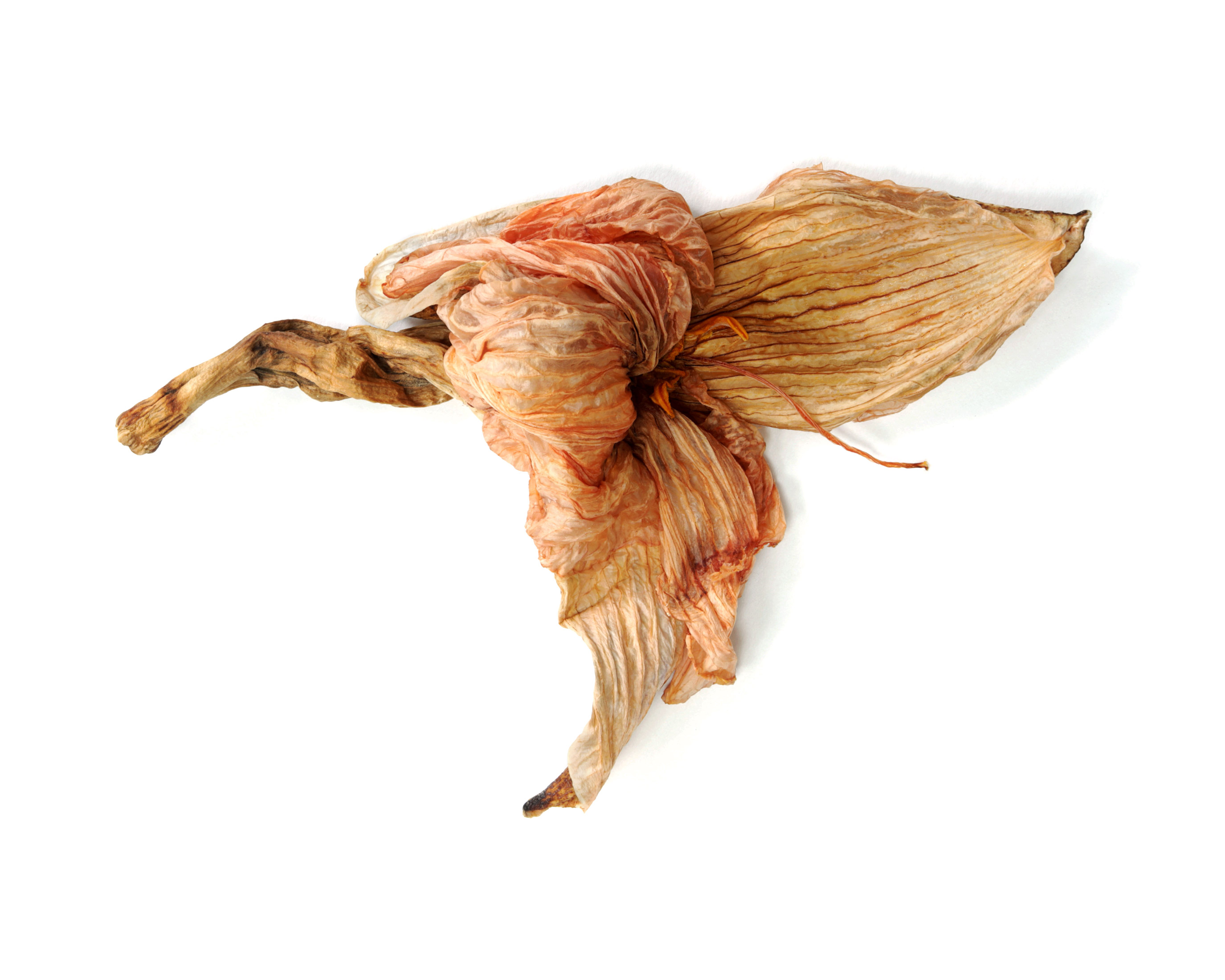
you could have been a star
If you look at yesterday’s post of the “sweeps” from my kitchen floor, you will see this daylily flower amongst the debris. When I was editing that photo, this humble daylily, dried and faded, grabbed my attention. The petals looked like gathered silk-tulle and chiffon-organza, something Carrie Bradshaw would have worn on Sex and the City.
dried daylily flower (Hemerocallis)



Initial reaction? Lips! ;)